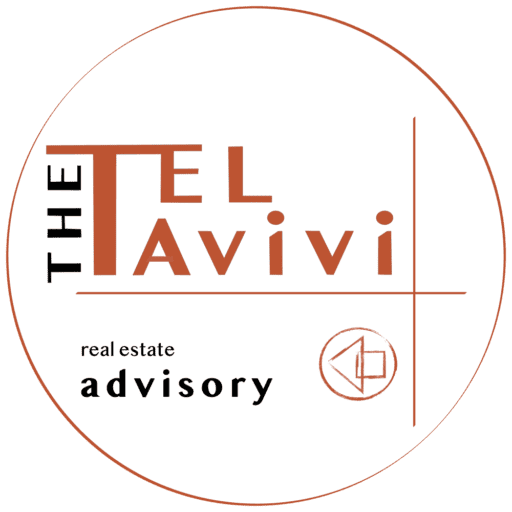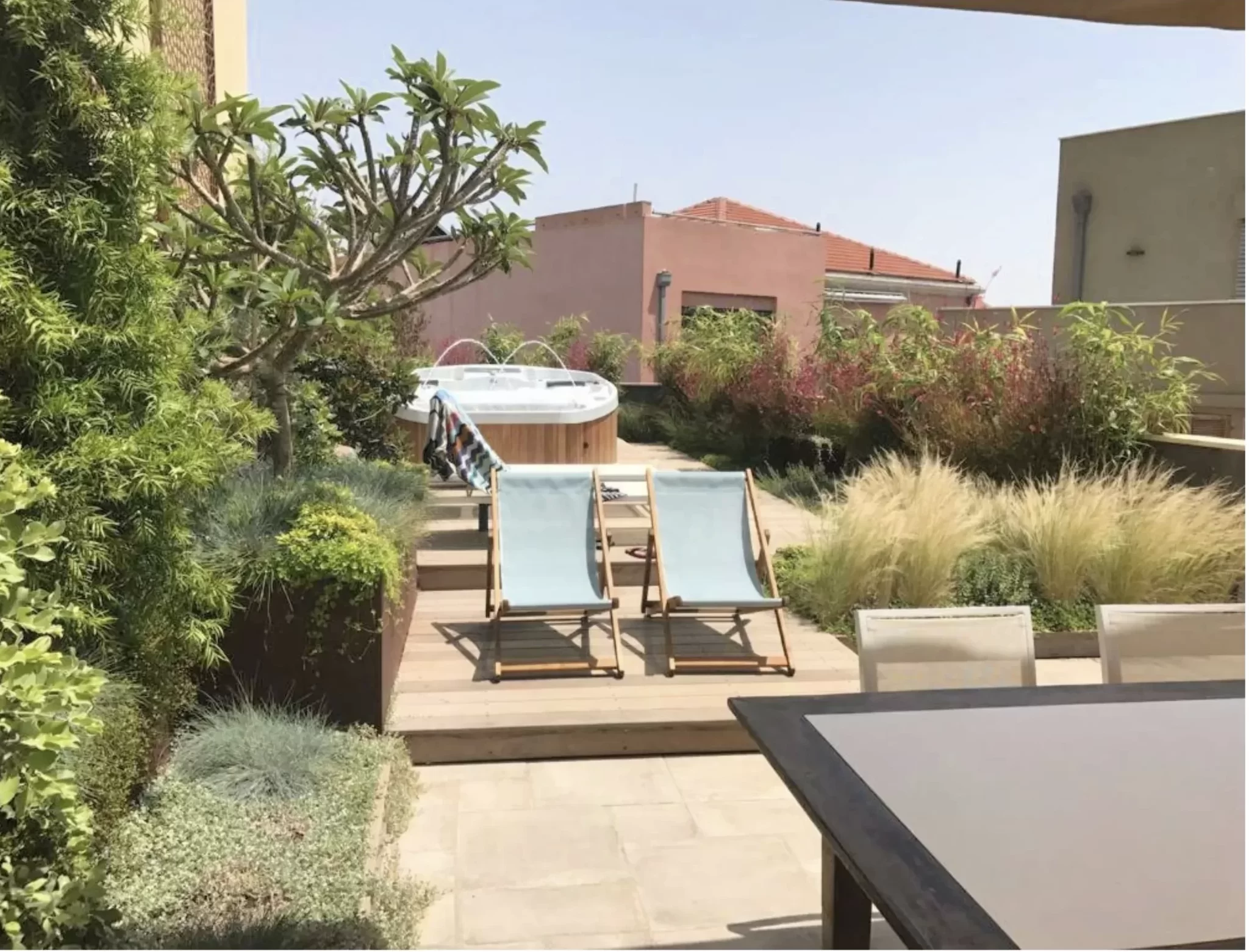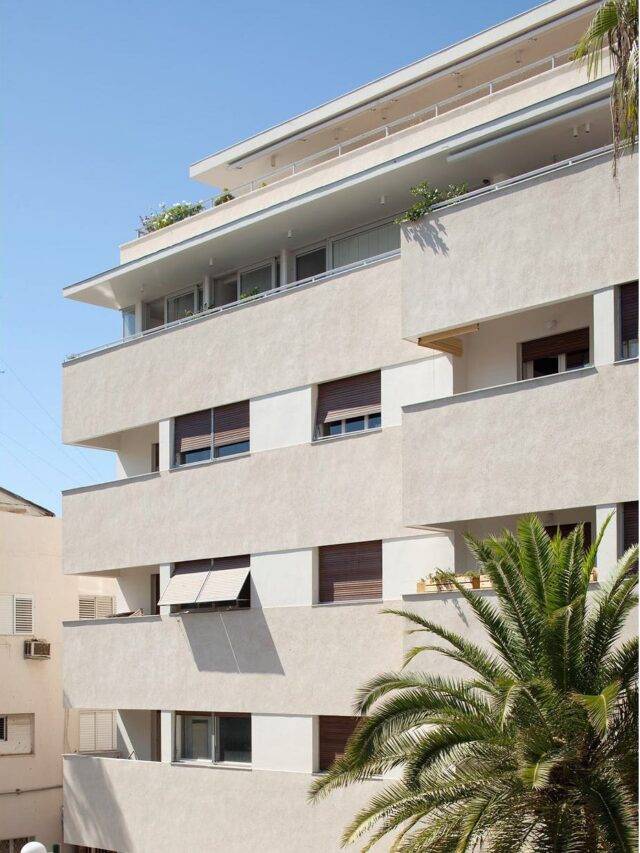The Etzel Museum
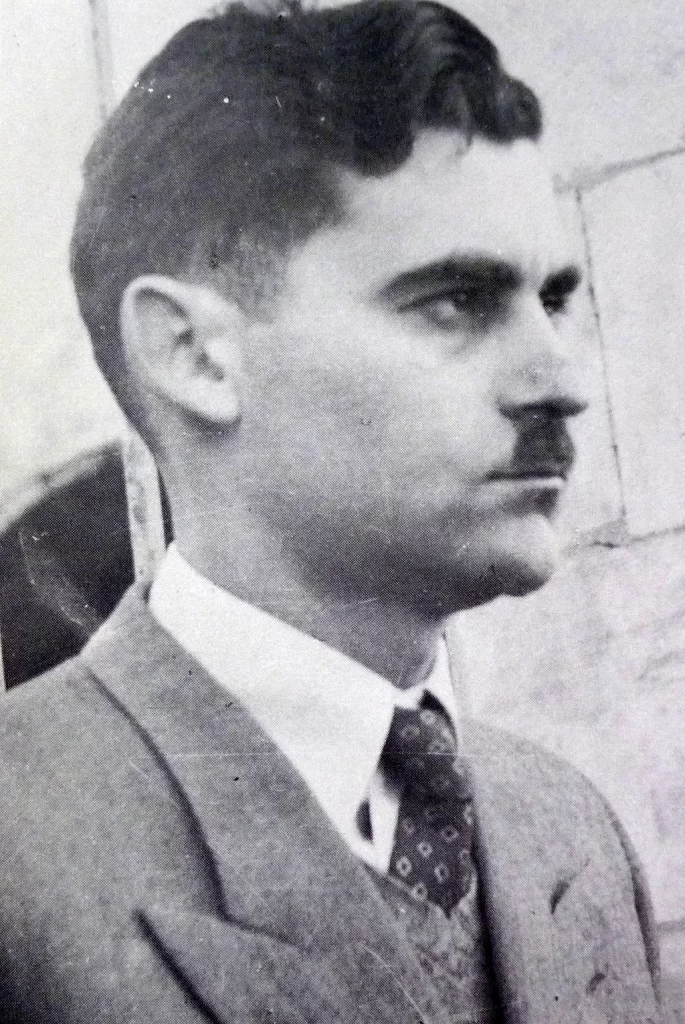
The museum is a commemorative site for the 41 IDF fighters who fell in the battle for Jaffa and is named after the organization’s operations officer, Amichai Paglin “Gidi”.
Eliyahu Golomb-Hahagana Museum
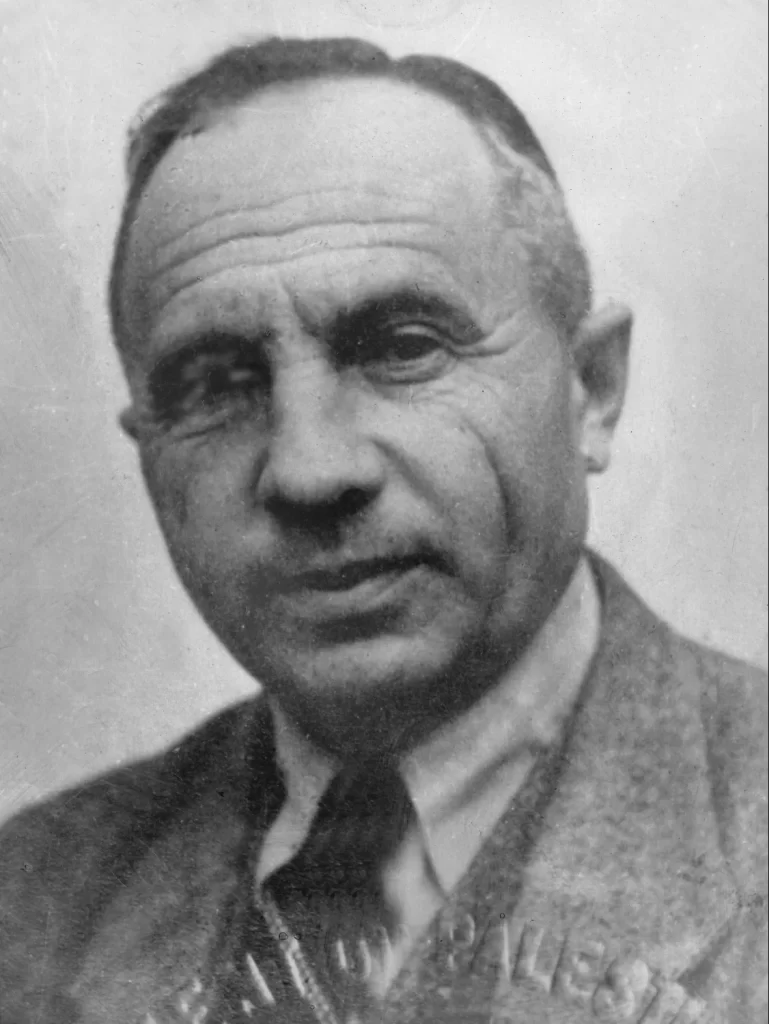
Golomb Eliyahu (1893-1945)
Leader of the Jewish defense effort in Palestine and chief architect of the Haganah, the secret military organization for defense of the yishuv between 1920 and 1948.
Lechi Museum-Beit Yair
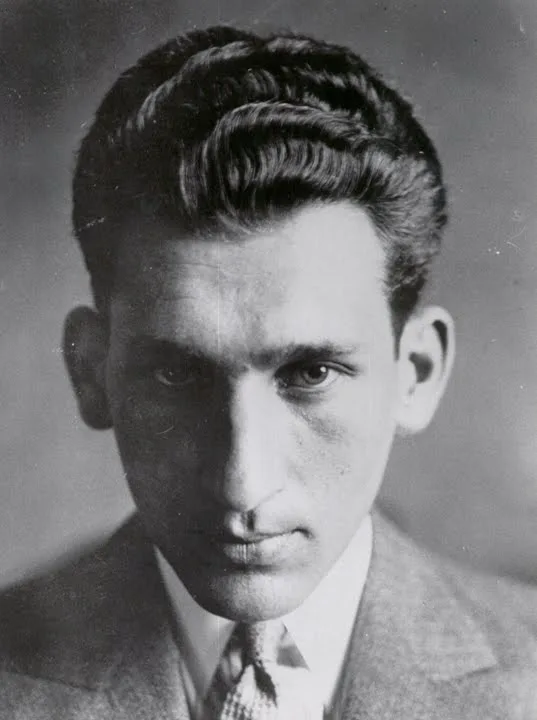
Museum located in the house where Lekhi commander Avraham Stern (Yair) was murdered by members of the British secret police.
There is a section describing Stern’s life, an exhibition describing the history of the organization, archives, a library and a commemoration hall.
Beit Rubin Museum
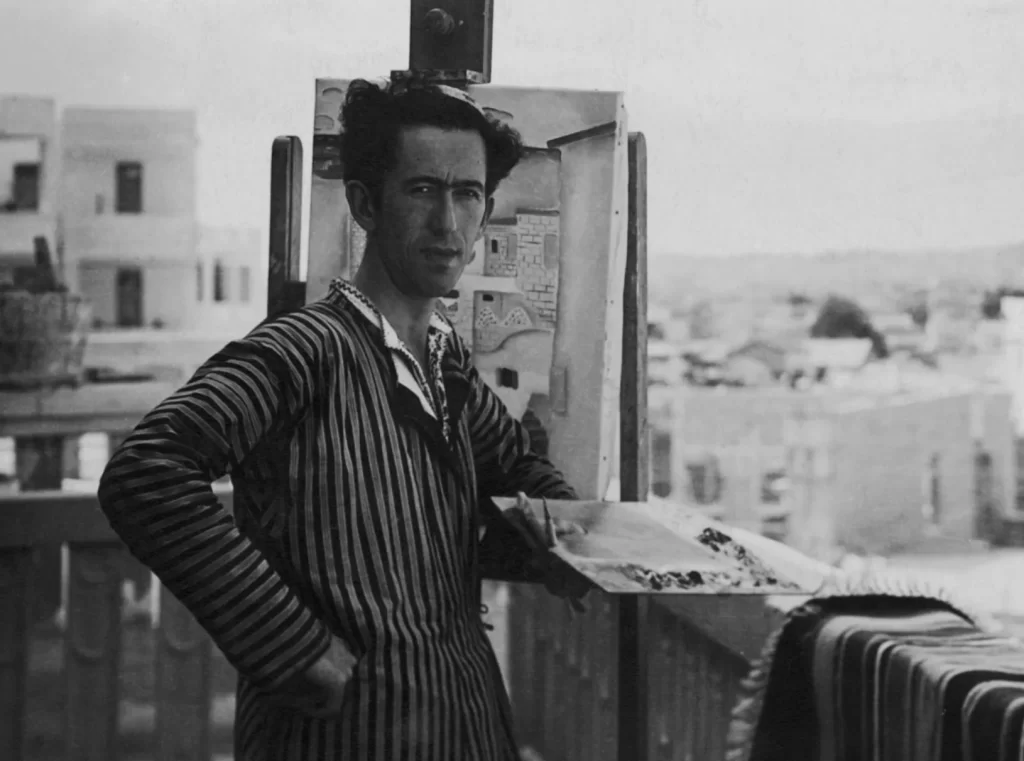
Constructed in 1930, the artist-house-museum on 14 Bialik Street opened to the public in 1983, following Reuven Rubin’s will and the agreement reached with Tel Aviv’s Mayor, Shlomo Lahat, in 1974. A choice selection from the Museum’s permanent collection is regularly on display, replaced periodically by guest exhibitions focusing on Israeli art.
Beit Ha ir The Urban Culture Museum of Tel Aviv
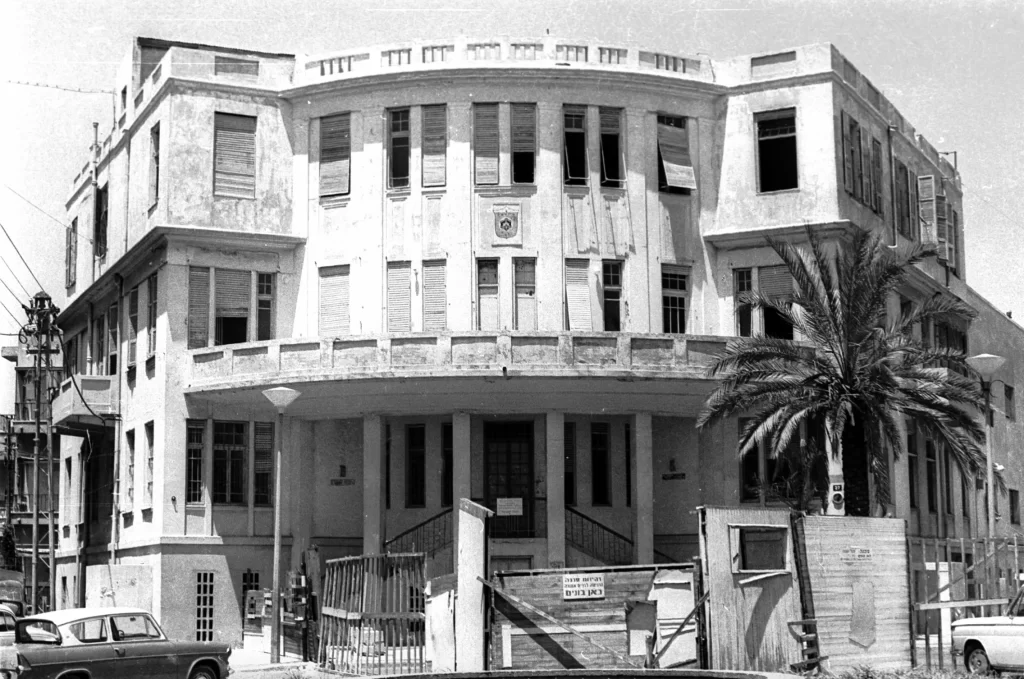
Altering exhibitions on the gallery floor, a visit to Meir Dizengoff’s reconstructed chambers, a virtual tour of the “Tel Aviv Time Machine” (a computerized database about the city’s history: rare archive materials, video footage and photos), an impression of the illustrated tile floor and the historic staircase, a visit to the study at the house’s upper floor, which contains a rich variety of nonfiction, prose and poetry books and a view of the city’s roofs from the balcony.
Dizengoff House-Independence Hall
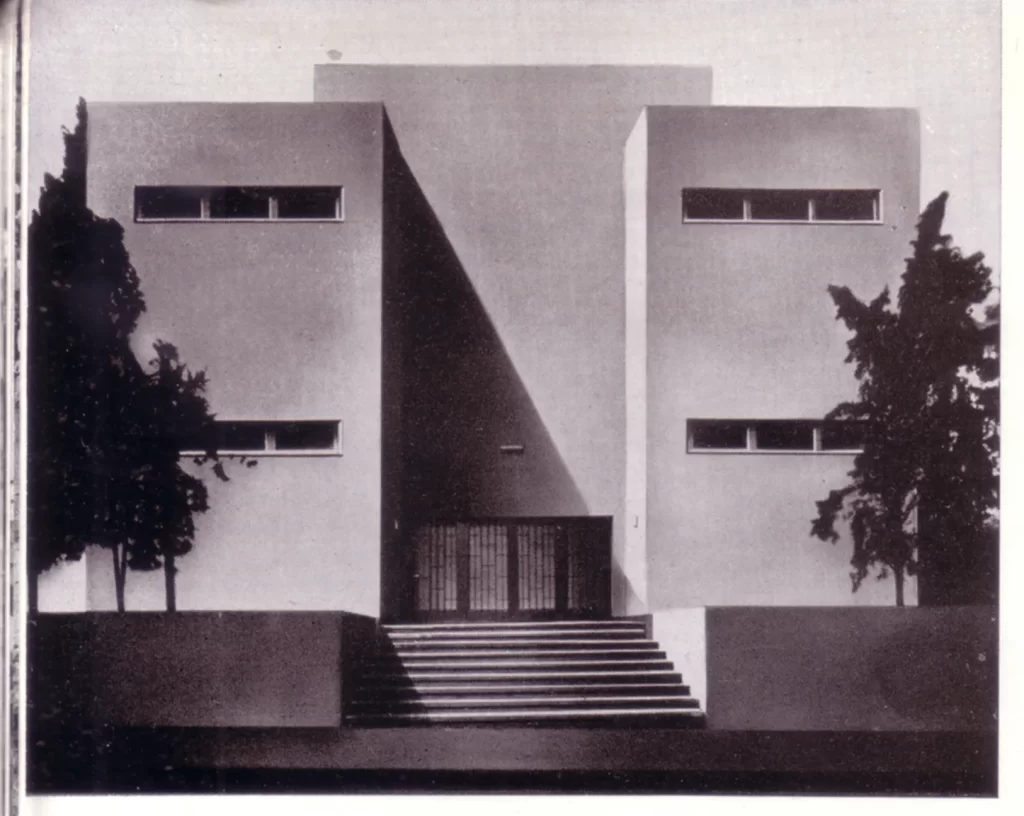
Friday, May 14, 1948, the Tel Aviv Museum of Art. At 4 p.m. – eight hours before the termination of the British Mandate in what was then Palestine – the members of the People’s Council and Executive and invited leaders gathered in the museum hall. They listened with emotion as David Ben-Gurion, head of the People’s Council, the Zionist Executive and the Jewish Agency, declared the creation of the State of Israel.
After the reading of the declaration of independence, Rabbi Fishman-Maimon recited the Sheheheyanu (a Jewish blessing of thanksgiving) and members of the People’s Council and Executive signed the scroll. The ceremony concluded with the singing of “Hatikva.”
Eretz Israel Museum
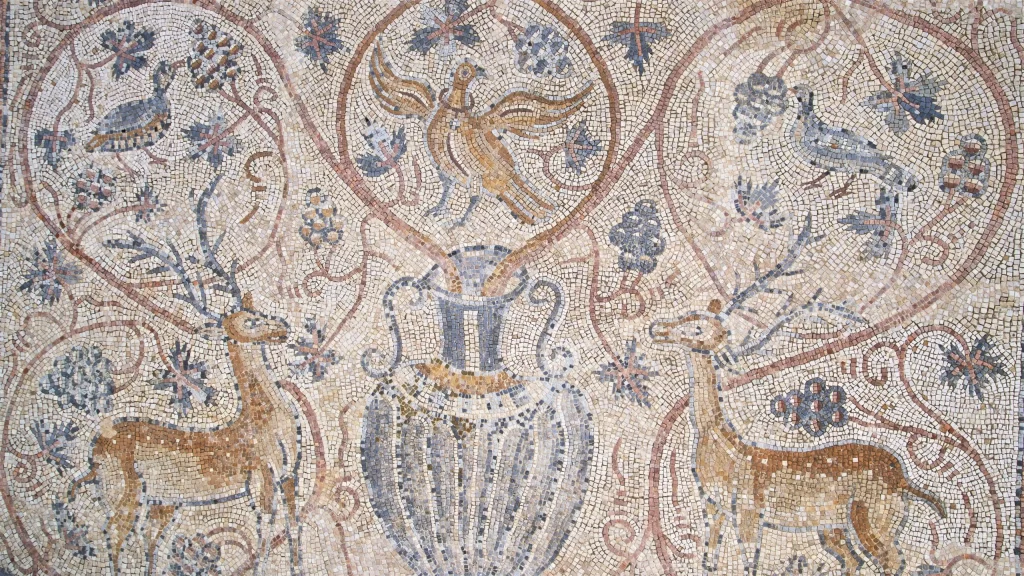
MUZA – Eretz Israel Museum, Tel Aviv, one of the three largest and most pre-eminent museums in Israel, is a multidisciplinary museum dealing with local material culture, past and present. The museum displays the connection between matter and spirit, and presents Israel’s many and varied voices. The museum’s new spirit aims to create contemporary connections between the different cultural domains that the museum is involved with – archaeology, ethnography, applied crafts, art, photography, and documentation of Israeli society – and expand them.
Helena Rubinstein Pavilion for Contemporary Art
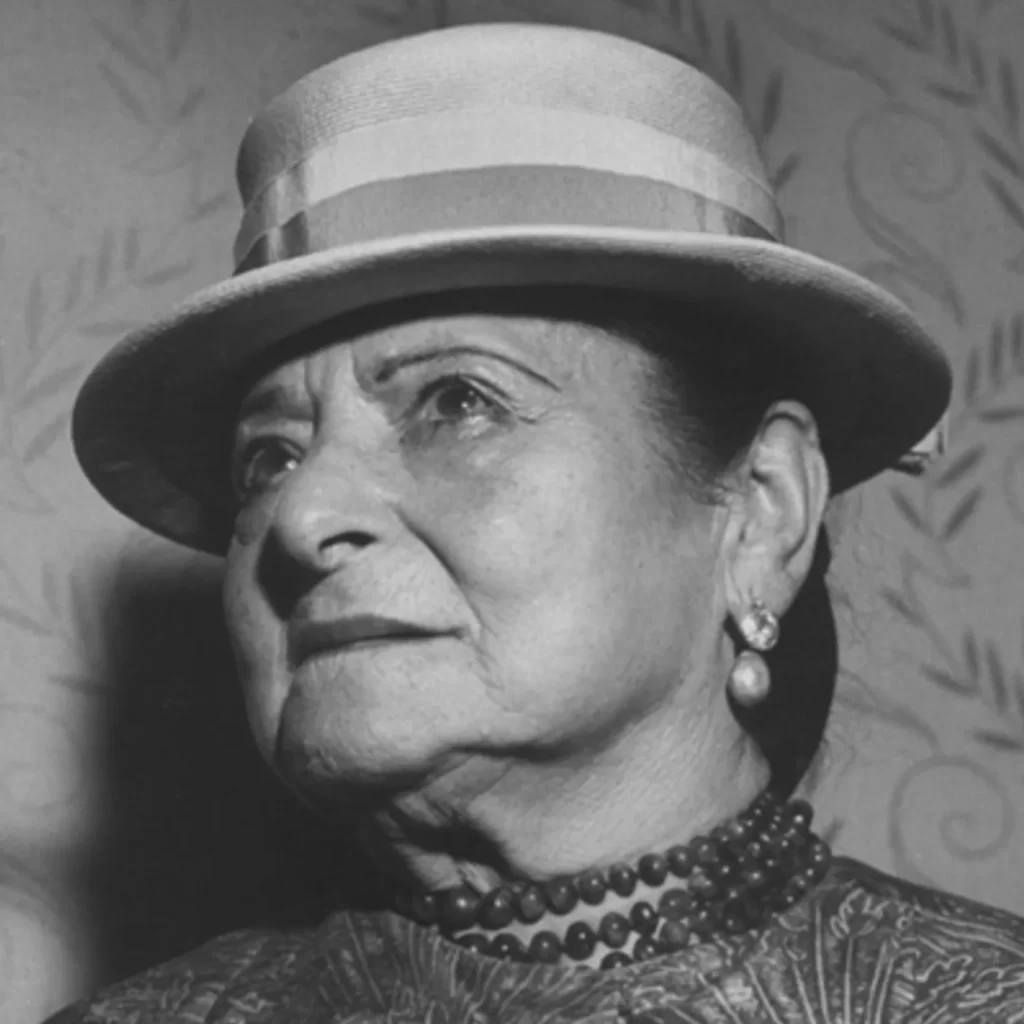
Helena Rubinstein was an entrepreneur and philanthropist. In 1902, she started her business career in Australia distributing a beauty cream that her mother had used. She soon founded a beauty salon and manufactured cosmetics, working hard to expand her business at every turn. Rubinstein opened salons in London and Paris, and when World War I began she moved to America. Her beauty business grew into a worldwide cosmetics empire, and she eventually created the Helena Rubinstein Foundation in 1953 to fund organizations for children’s health.
Nahum Gutman Museum
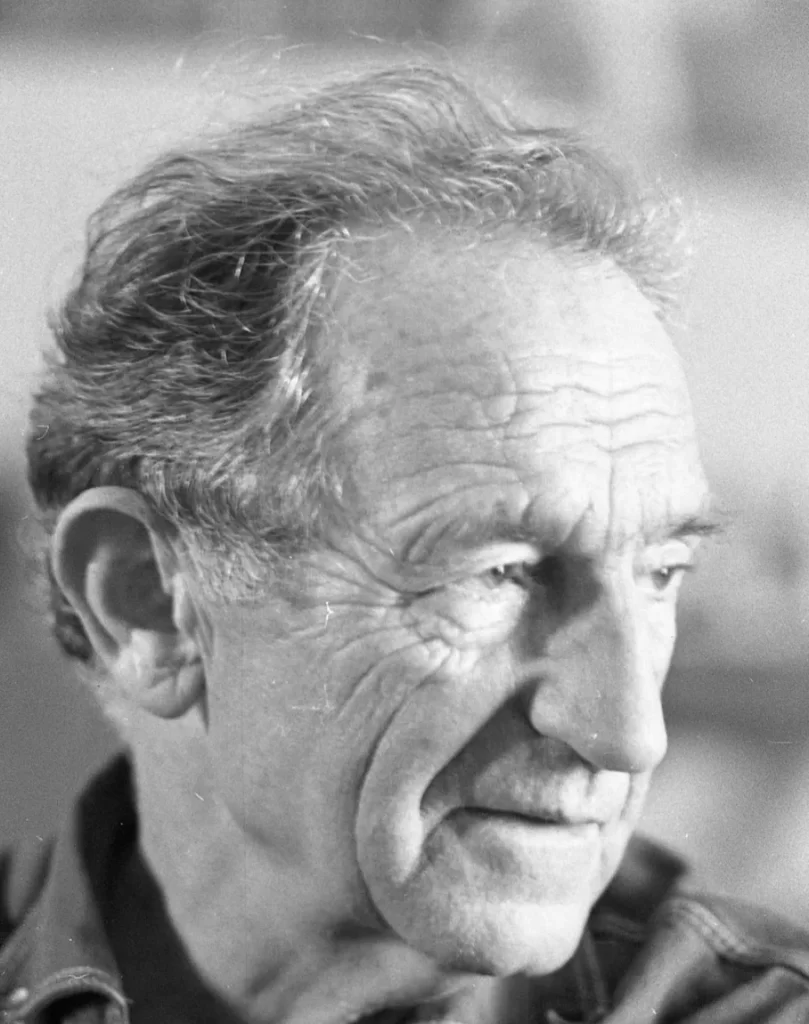
Through the years the house was badly damaged and in the 60’s it was finally abandoned and condemned by the Tel Aviv/Jaffa Municipality.
After a long public debate involving members of the Knesset (The Israeli Parliament) and the Israeli Preservationist Society, the house was declared a landmark and subsequently purchased by the Jewish National Fund. Reconstruction began in 1992, with the initiative of the Doron Foundation, the Tel Aviv Foundation and with a special contribution from Irene and Murray Pergament (U.S.A.) in memory of their daughter, Sherri P. Koeppel.
Beit Hatfutsot the Museum of the Jewish People
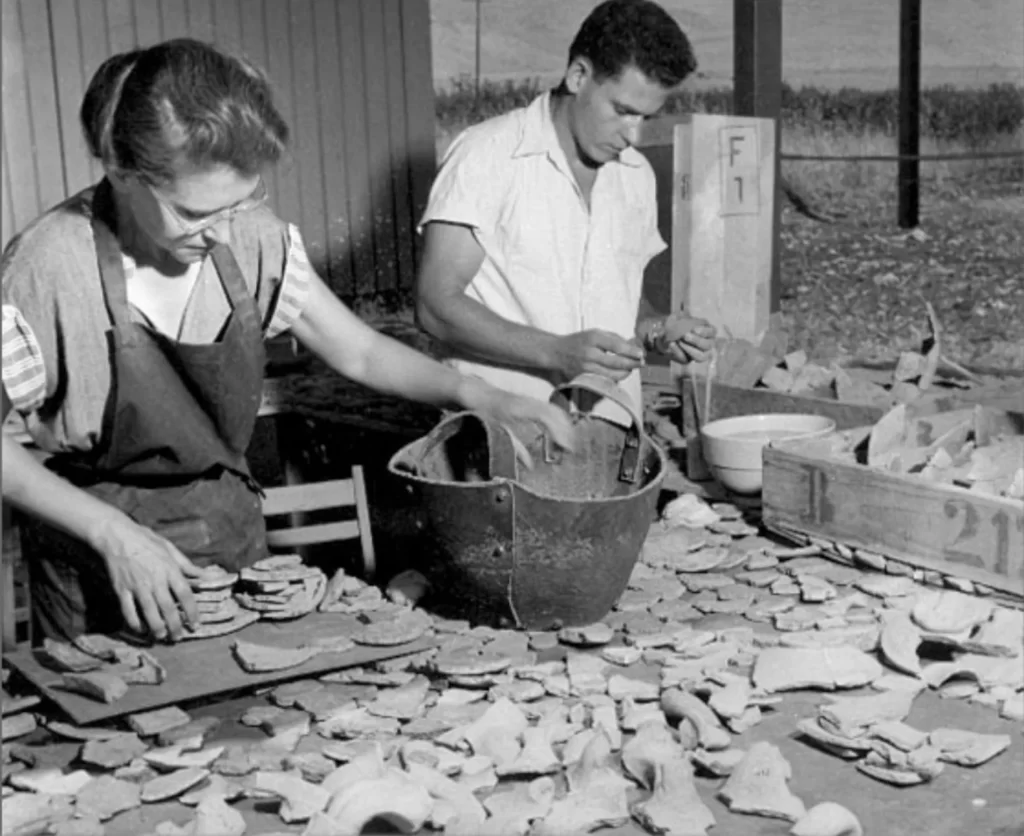
The story begins in the present. The incredible diversity of the expressions of Jewish identity and culture enables each and every one of us to find something of ourselves here. The folklore and the arts, the language and the literature, the different denominations in Judaism, and the Jewish contribution to humanity – all these are manifestations of multifaceted Jewish identity and culture, whether individual or collective.
